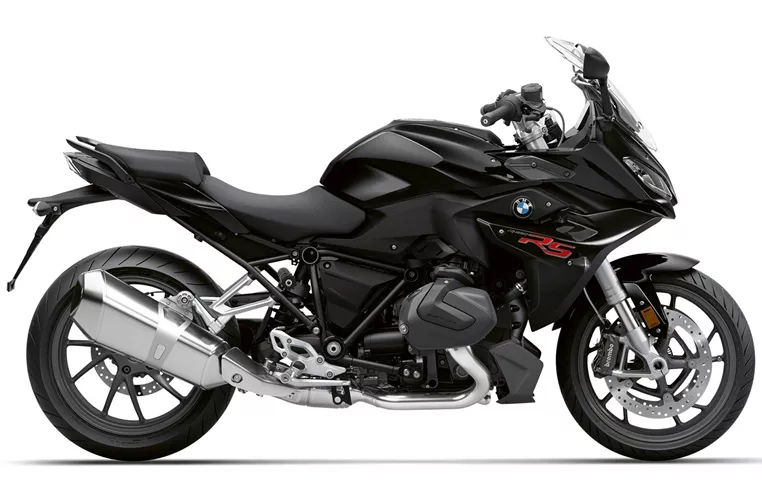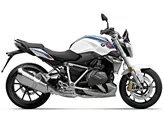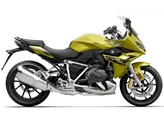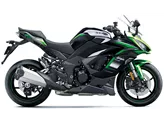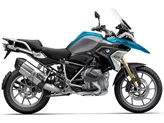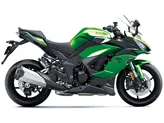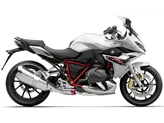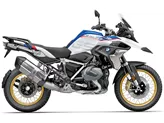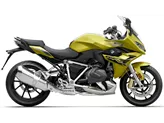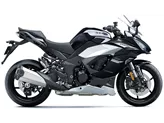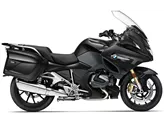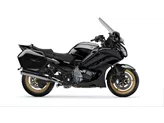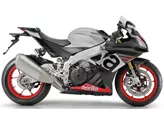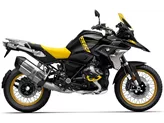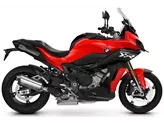BMW R 1250 RS 2021 vs. Kawasaki Ninja 1000SX 2021
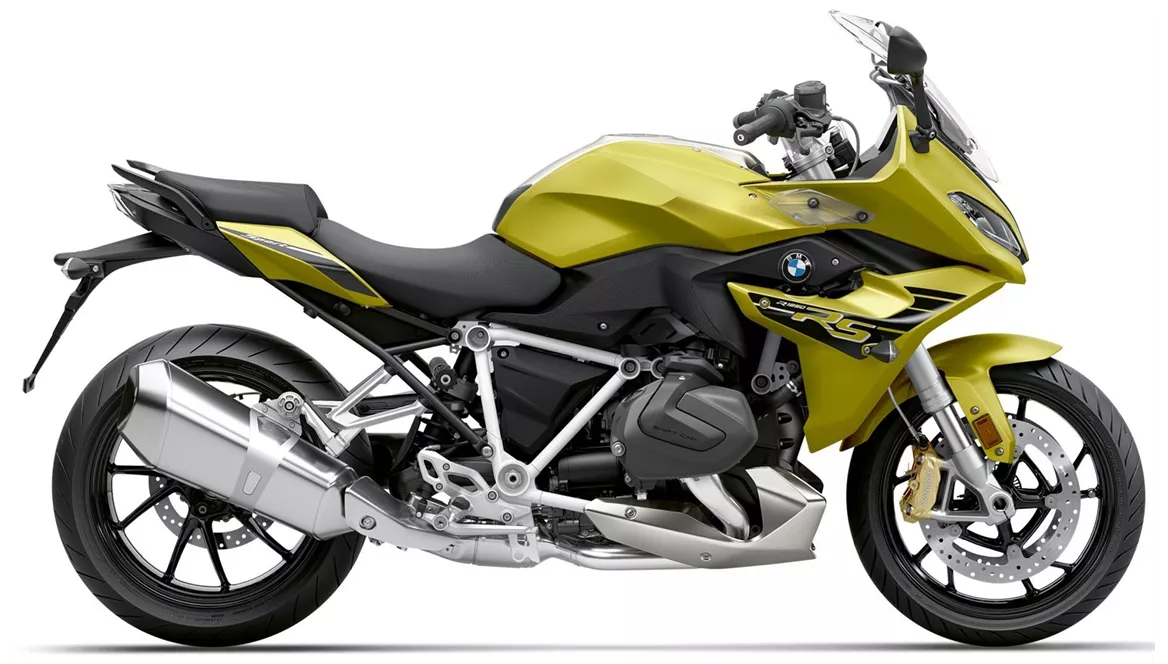
BMW R 1250 RS 2021
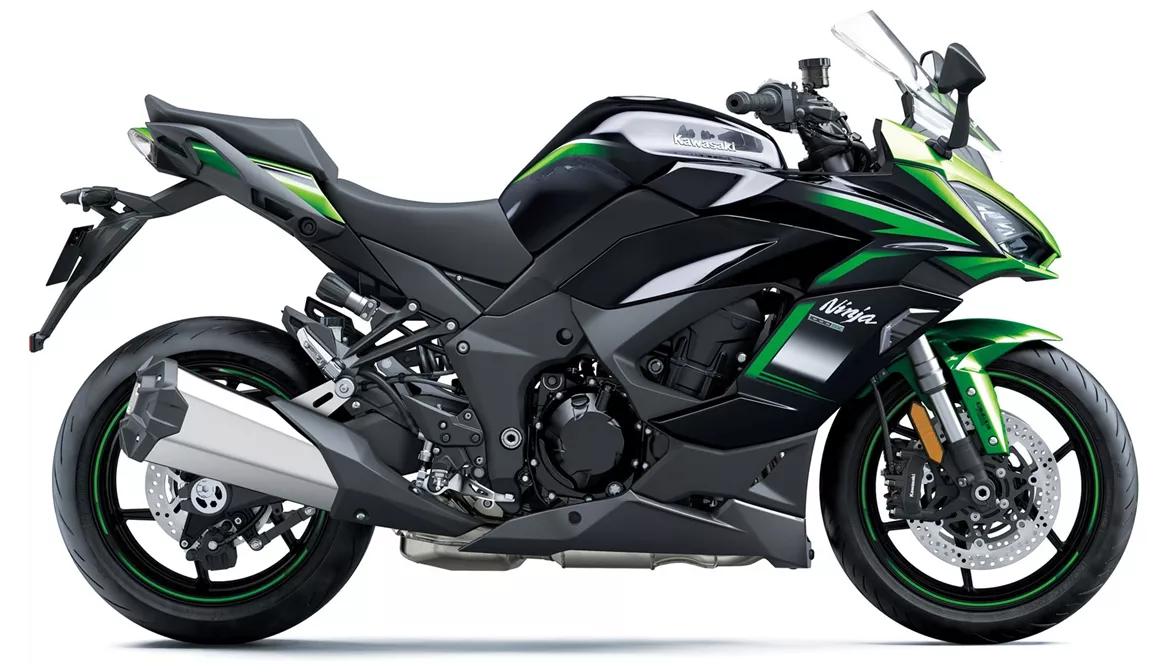
Kawasaki Ninja 1000SX 2021
Vue d’ensemble - BMW R 1250 RS 2021 vs Kawasaki Ninja 1000SX 2021
The BMW R 1250 RS 2021 and the Kawasaki Ninja 1000SX 2021 are both sport touring motorcycles that offer a combination of sporty performance and touring comfort. However, there are some notable differences between the two models.
In terms of engine specifications, the BMW R 1250 RS is equipped with a Boxer engine that delivers 136 horsepower and 143 Nm of torque. On the other hand, the Kawasaki Ninja 1000SX features an inline-four engine that produces 142 horsepower and 111 Nm of torque. Both engines are four-stroke and have a displacement of around 1250cc and 1043cc respectively.
When it comes to suspension, both motorcycles have upside-down telescopic forks at the front. However, the BMW R 1250 RS offers a travel of 140mm, while the Kawasaki Ninja 1000SX has a slightly shorter travel of 120mm. At the rear, the BMW R 1250 RS has a single swing arm suspension with a monoshock and a travel of 140mm. On the other hand, the Kawasaki Ninja 1000SX has a swing arm suspension with a monoshock and a longer travel of 144mm. Both motorcycles offer adjustment options for preload and rebound.
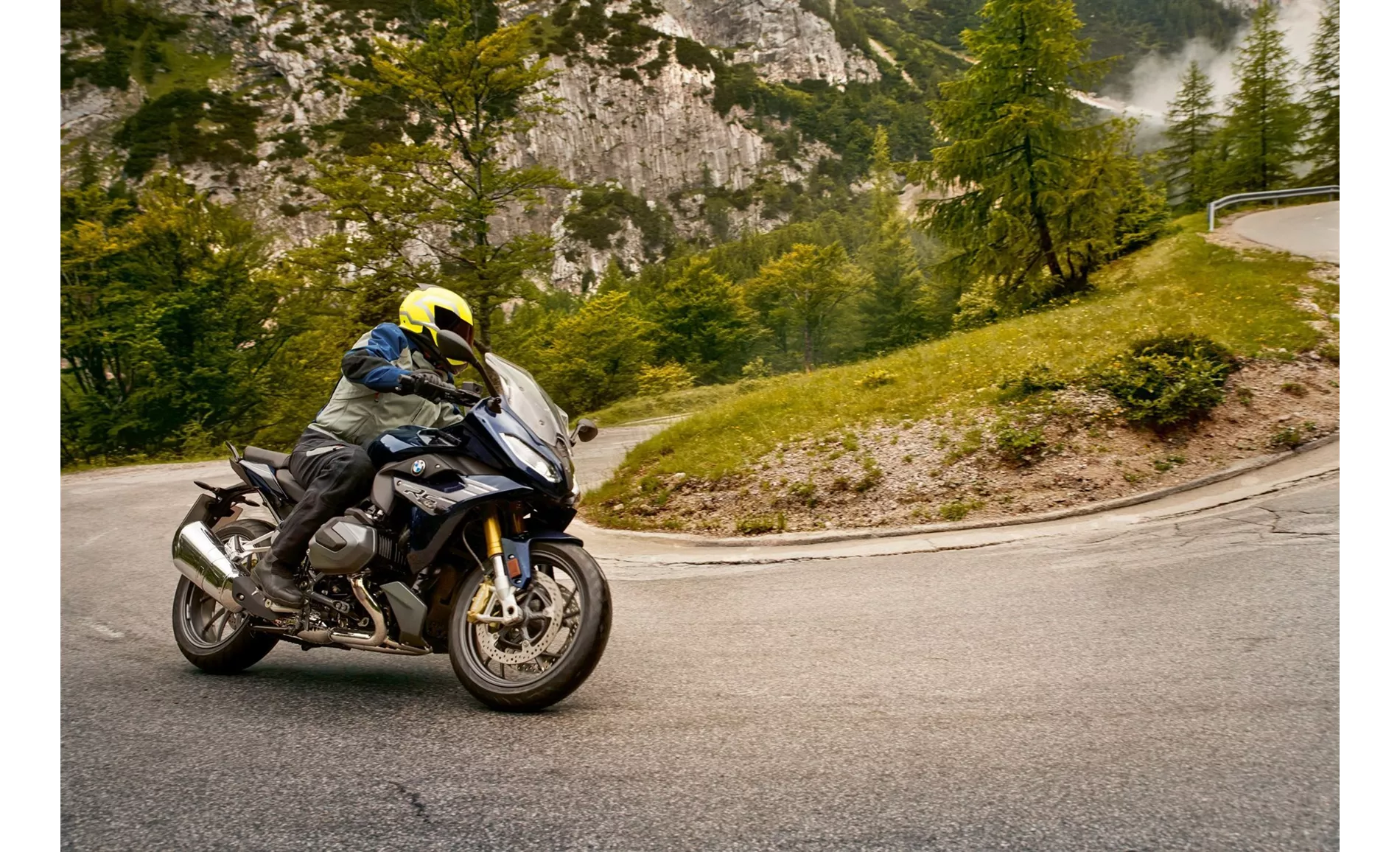
BMW R 1250 RS 2021
In terms of chassis, the BMW R 1250 RS features a steel frame, while the Kawasaki Ninja 1000SX has an aluminum frame. The choice of material can affect the overall weight and handling characteristics of the motorcycle.
When it comes to braking, both motorcycles are equipped with double disc brakes at the front. The BMW R 1250 RS has larger 320mm diameter discs, while the Kawasaki Ninja 1000SX has slightly smaller 300mm diameter discs. Both motorcycles also feature advanced rider assistance systems such as ABS and various riding modes.
In terms of dimensions and weights, the BMW R 1250 RS has a front tire width of 120mm and a rear tire width of 180mm, while the Kawasaki Ninja 1000SX has a front tire width of 120mm and a rear tire width of 190mm. The wheelbase of the BMW R 1250 RS is 1530mm, while the Kawasaki Ninja 1000SX has a slightly shorter wheelbase of 1440mm. The seat height of the BMW R 1250 RS is 820mm, while the Kawasaki Ninja 1000SX has a slightly higher seat height of 834.98mm. The kerb weight of the BMW R 1250 RS is 243kg, while the Kawasaki Ninja 1000SX is slightly lighter at 235kg. Both motorcycles have a fuel tank capacity of around 18-19 liters.
In terms of equipment, both motorcycles come with LED headlights. The Kawasaki Ninja 1000SX also features LED daytime running lights, a TFT display, and an adjustable windscreen. The BMW R 1250 RS offers an extensive list of accessories that can be added at extra cost.
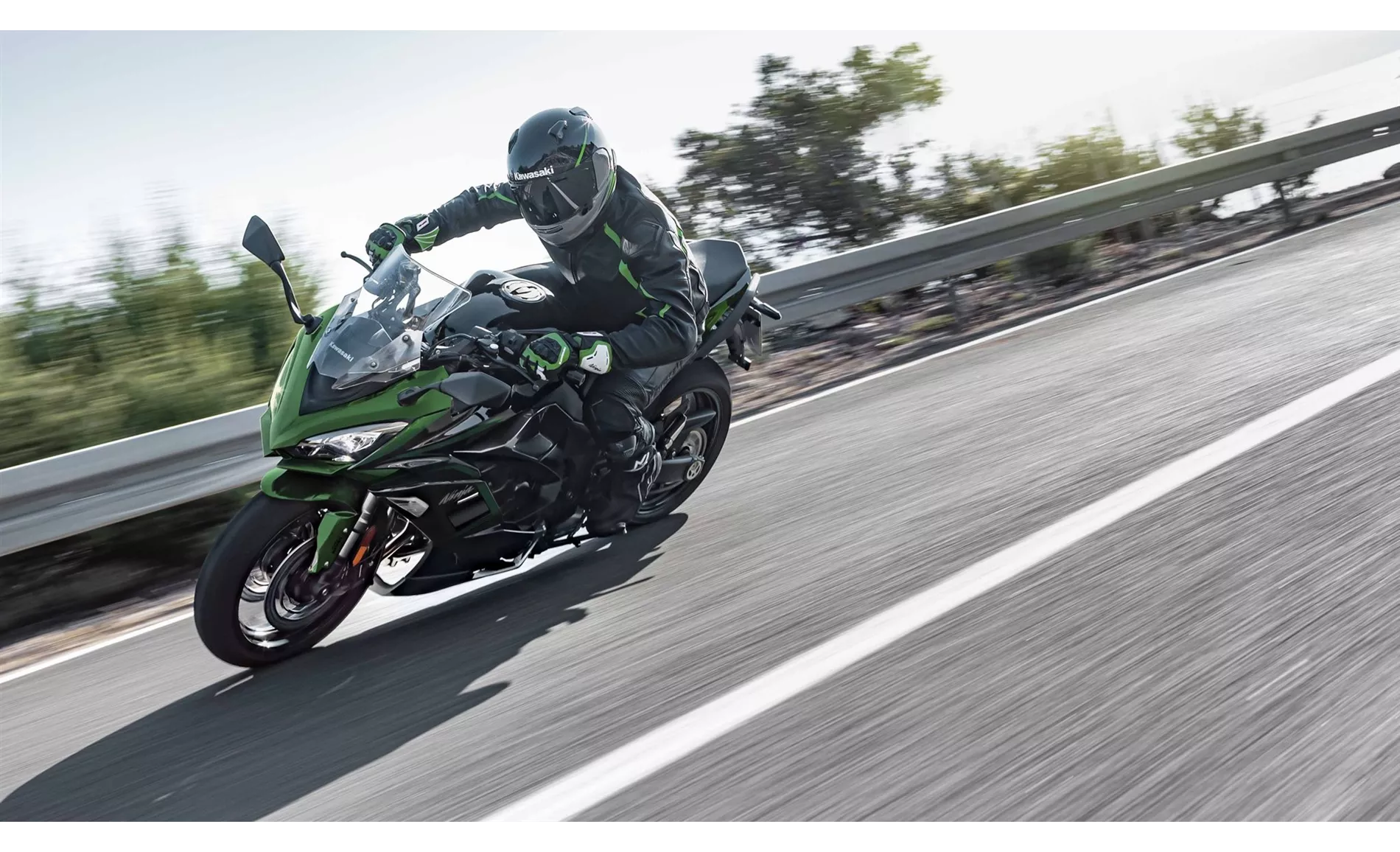
Kawasaki Ninja 1000SX 2021
In terms of strengths, the BMW R 1250 RS offers high stability in long radii, thanks to its stable chassis. It also has an agile and high-revving boxer engine, and a comfortable seating position for touring. The extensive list of accessories allows for customization and personalization. The Kawasaki Ninja 1000SX, on the other hand, offers a silky four-cylinder engine, comfortable yet sporty ergonomics, and good wind protection. It also comes with a standard electronics package and provides lots of stability thanks to its full fairing. It is also very accessible for riders of all levels.
However, both motorcycles have their weaknesses. The BMW R 1250 RS has a high weight that can be noticeable in tight bends, and the windshield could be higher for better wind protection. Additionally, some of the features that are considered standard on other motorcycles are only available as optional extras on the BMW R 1250 RS, which can increase the overall cost. The Kawasaki Ninja 1000SX, on the other hand, has an engine that needs to be revved to deliver its full potential, and the electronics could be more user-friendly. The windshield can only be adjusted with two hands, which can be inconvenient for some riders.
In conclusion, both the BMW R 1250 RS 2021 and the Kawasaki Ninja 1000SX 2021 offer a combination of sporty performance and touring comfort. The BMW R 1250 RS has a stable chassis, an agile boxer engine, and an extensive list of accessories. The Kawasaki Ninja 1000SX has a silky four-cylinder engine, comfortable ergonomics, and good wind protection. However, both motorcycles have their weaknesses, such as the BMW R 1250 RS's high weight and the Kawasaki Ninja 1000SX's need for higher revs. Ultimately, the choice between the two will depend on the rider's preferences and priorities.
Caractéristiques techniques BMW R 1250 RS 2021 par rapport à Kawasaki Ninja 1000SX 2021
Avantages et inconvénients en comparaison
Avantages et inconvénients en comparaison
BMW R 1250 RS 2021
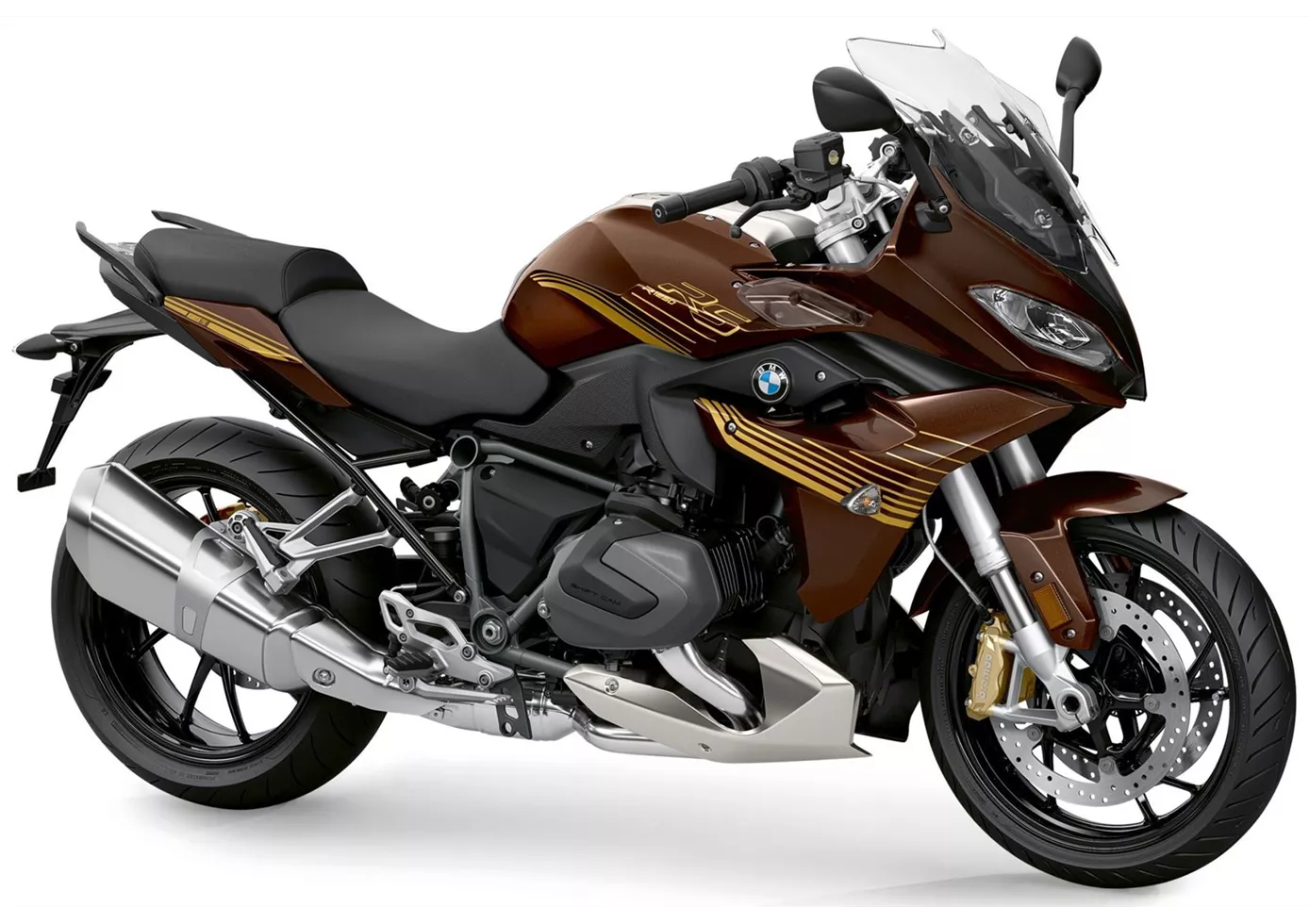
Un super moteur dans une jolie robe ne fait pas tout. L'équipement de série de la BMW R 1250 RS déçoit, il n'inclut ni Quickshifter ni régulateur de vitesse, en 2021, ce n'est plus d'actualité. Sur le plan ergonomique, la Bavaroise s'adapte à presque tous les pilotes. Le châssis ESA est génial et constitue un atout, surtout si l'on roule à deux. Dans les virages serrés, les kilos de la RS sont indiscutables, elle semble presque lente. Plus les rayons sont larges, plus on est à l'aise sur la BMW. La protection contre le vent et les intempéries est bonne, même si un pare-brise un peu plus haut serait souhaitable.
Kawasaki Ninja 1000SX 2021
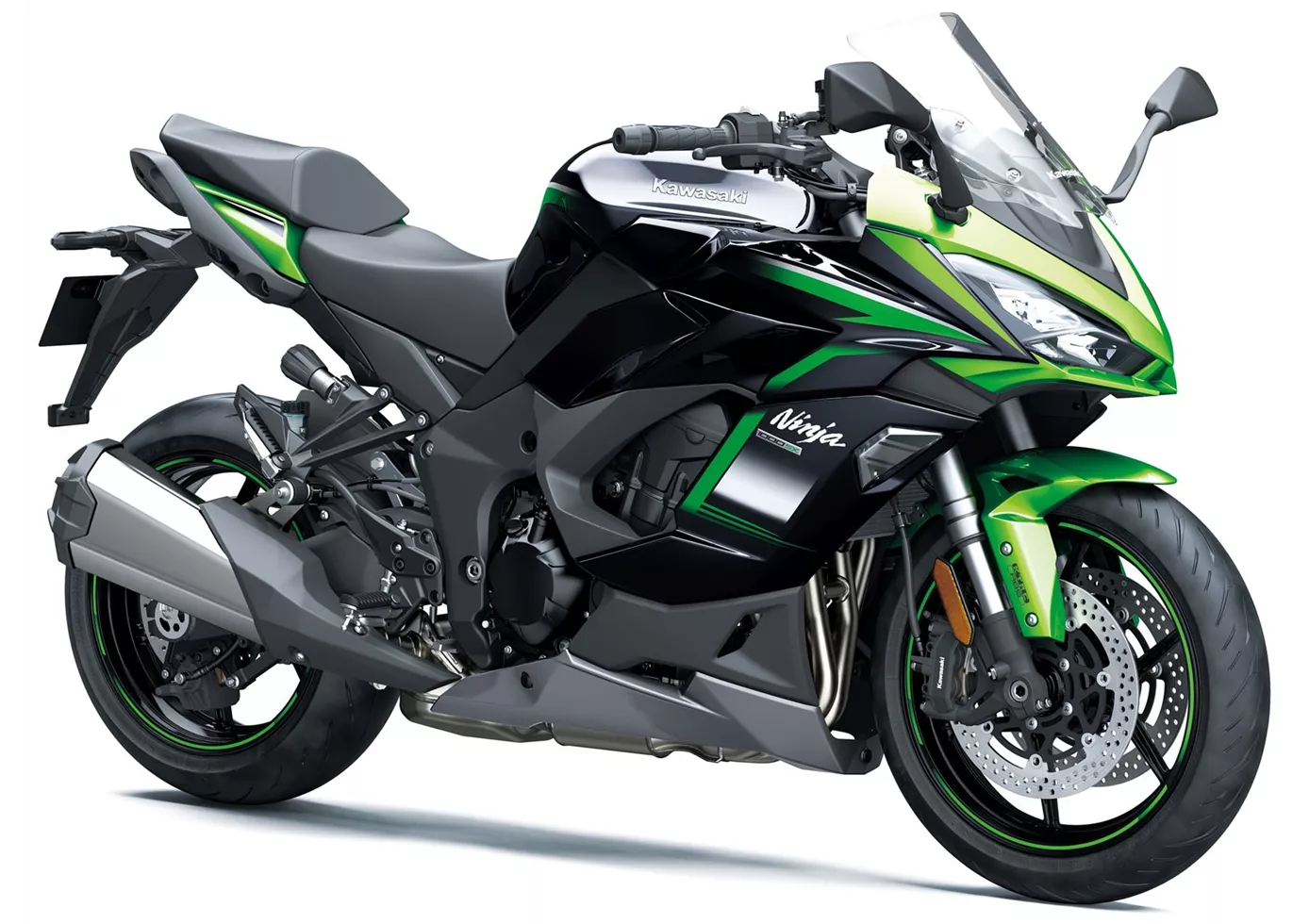
Une moto de tourisme sportive de la vieille école. La Kawasaki Ninja 1000SX remplit tous les points que l'on attend de cette catégorie de motos. À cela s'ajoute un pack électronique complet qui offre tout ce que l'on pourrait souhaiter en voyage - et ce sans supplément de prix ! On lui pardonne le fait que la commande ne soit peut-être pas aussi intuitive que celle de la concurrence, au plus tard lorsqu'on jette un coup d'œil à l'étiquette de prix.
Comparaison des prix Prix moyen du marché BMW R 1250 RS vs Kawasaki Ninja 1000SX
There are a few key differences between a BMW R 1250 RS 2021 and a Kawasaki Ninja 1000SX 2021. In terms of price, the actual average price of a BMW R 1250 RS 2021 is about 30% higher. Compared to Kawasaki Ninja 1000SX 2021 there are less BMW R 1250 RS 2021 bikes available on the 1000PS.de Marketplace, specifically 6 compared to 14. It takes less time to sell a BMW R 1250 RS with 57 days compared to 118 days for a Kawasaki Ninja 1000SX. Since model year 2019 1000PS.de editors have written 11 reviews for the BMW R 1250 RS and 13 reviews for the Kawasaki Ninja 1000SX since model year 2020. The first review for the BMW R 1250 RS was published on 11/6/2018 and now has more than 77,400 views. This compares to more than 40,500 views for the first review on Kawasaki Ninja 1000SX published on 11/5/2019.
